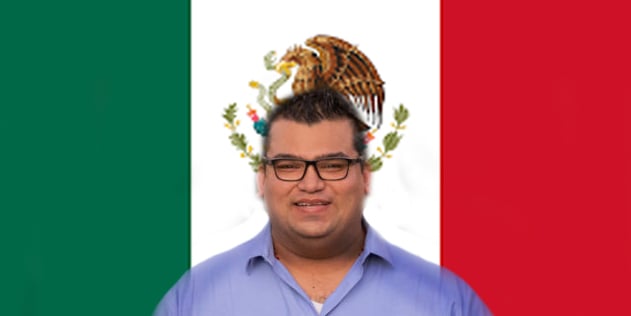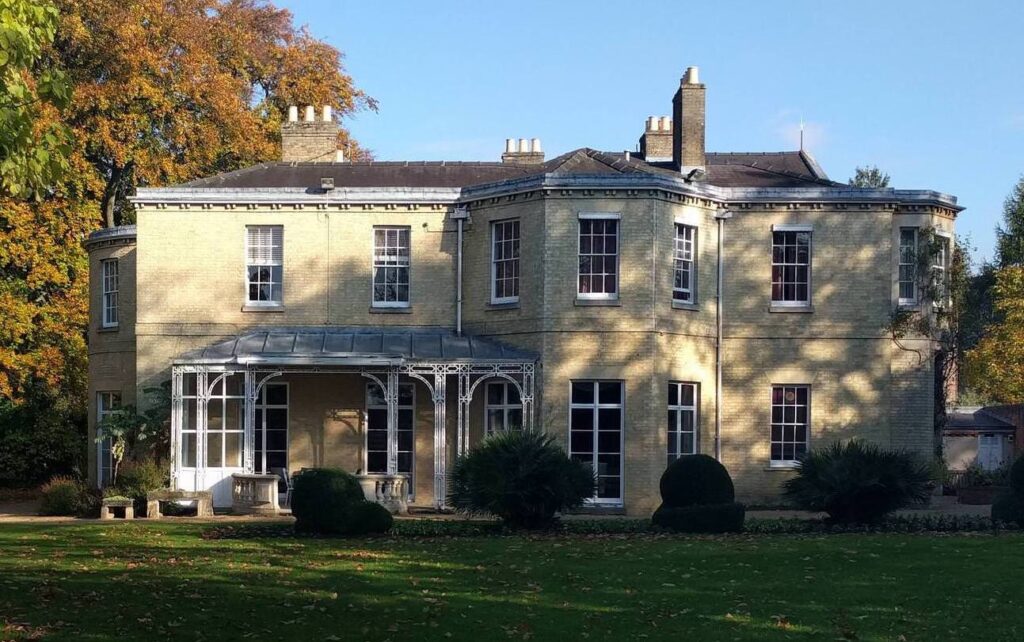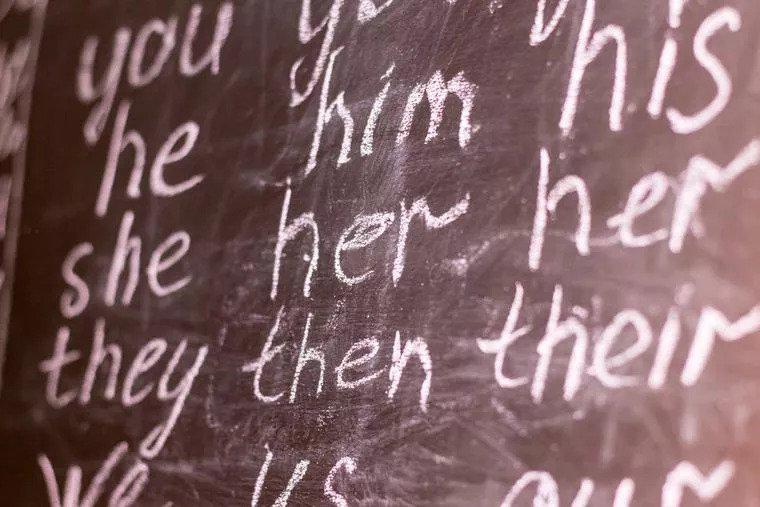This story was originally published by Religion Unplugged.
(ANALYSIS) I know people will be surprised to hear this, but it’s rare for me to get my hands on some new data. I basically use two or three surveys for everything you see on this Substack and my social media. But last week was a very good one because I got data that is a bit different but very interesting.
It comes from the Foundation for Individual Rights and Expression, which is an organization that fights for the ability of individuals (students and faculty) to be able to freely exercise their First Amendment right to free speech. If someone on a college campus is punished for nothing more than their speech, FIRE often steps in and sues the university. You can read several examples of this on its Wikipedia page.
One of the major research projects that FIRE undertakes is an annual survey of college students to gauge how they think about the issue of free speech and if they feel like they have to stifle their speech because of hostility on campus. It’s a real treasure trove of data about how the next generation thinks about all kinds of topics. The full report (which runs to 85 pages) is here.
The survey that FIRE collected contains a total sample size of 55,102 respondents who had to be currently enrolled at an institution of higher learning in the United States. A thorough description of the methodology used is here and here.
I am making one adjustment to this data — I restricted my sample to just those who are between the ages of 18 and 25 years old. While I do think the views of 40-year-old graduate students are important, I wanted to just focus on college aged folks for this bit of data analysis. That means my sample is a bit smaller — 39,178. That’s still more than enough to analyze, though.
I am going to write a series of posts with this data, especially topics related to free speech and allowing speakers on campus that generate controversy, but I gleaned so much from just the demographic variables that I had to write about them specifically.
The theme here is simply three variables: sexual orientation, gender identity and religion among college aged folks.
What really kicked this off was a report from Brown University that indicated that 38% of its student body identifies as homosexual, bisexual, queer, asexual, pansexual, questioning or other. When that same poll was conducted 10 years earlier, that share was just 14%. Is Brown an outlier here? Or are huge percentages of college students not straight and/or not cisgender?
The survey gave seven total options for gender. The first thing that needs to be pointed out is that the vast, vast majority of young people identify as man or woman. In fact, this was the choice of 98.2% of all respondents in the survey. In other words, about 1 in 50 college aged students identifies as nonbinary, genderqueer/genderfluid, agender, unsure or prefer not to say.

Now, some of these students could have been born with male genitalia and now identify as a woman, or vice versa. It’s impossible to know how prevalent that is with this sample. All we can conclude is that they don’t identify as something other than man or woman. In this case, the share is incredibly small.
Another question asks about sexual orientation. There are many options here ranging from straight to bisexual to gay/lesbian. Additionally, there are pansexual, queer, asexual, fluid, questioning and same-gender-loving options, along with unsure and other.

Here there is quite a bit more variation — 72% of the sample identifies as straight. Another 12% identifies as bisexual and 5% identifies as gay/lesbian. These three response options encompass about 90% of all respondents in the sample. About 2% identify as pansexual, queer or unsure.
But how much does this shift based on the gender of the respondent? That’s the graph below — some interesting differences emerge here.

About 4 in 5 men describe their sexual orientation as straight — it’s only two-thirds of women attending colleges between the ages of 18 and 25 years old. That difference is largely reversed when looking at the bisexual share. Sixteen percent of woman say that they are bisexual, compared to just 6% of men. It’s notable also that men are nearly twice as likely to say that they are gay/lesbian compared to women (6.6% vs 3.8%).
Also, women are significantly more likely to say that they are pansexual, queer, questioning, asexual or unsure of their sexual orientation compared to men. It’s pretty clear from this angle that women are much more diverse in their sexual orientation compared to men.
Let’s put all this together now — sexual orientation and gender into one graph. I collapsed gender into two categories: man/woman and something else. Sexual orientation was shifted in four groups: straight, gay/lesbian, bisexual, something else.

Over two-thirds of this sample of 18–25-year-old college students identify as a man or woman and indicate that they are straight in terms of sexual orientation. The next largest category is man/woman and “something else” in terms of sexual orientation. About 1 in 10 are bisexual men/women, and 1 in 20 say that they are men/women or are gay/lesbian. The top row is rather barren, with 2% identifying as “something else” on both gender identity and sexual orientation.
But this Substack is called “Graphs about Religion,” and we haven’t mentioned that subject just yet. So, let’s get to it. The FIRE Survey gives a bunch of options in terms of religious affiliation. Let’s see how sexual orientation varies by religious identification now.

The religious group that is the most likely to be straight is Muslims at 85%, followed closely by a whole bunch of other groups such as Protestants, Catholics, “just Christians” and Hindus. But here’s a really big surprise to me — only 78% of Latter-day Saints in college say that they are straight. That’s seven points lower than Protestants. Thirteen percent of Latter-day Saints, commonly known as Mormons, fall into the “something else” category.
The groups that are the least likely to say that they are straight are atheists at 55% and agnostics at 53%. It’s pretty staggering to consider that nearly half of young atheists/agnostics are not heterosexual. Nothing in particulars are not far behind, either, at 62%. The nones are much less likely to be straight compared to their religious counterparts.

What about gender identity? Really not a whole of interesting stuff to report here. Just 1 in 100 Christians say that they are not a man or a woman. Even among more left leaning groups like atheists and agnostics, the vast majority identify as man/woman — 97% of each group. Again, this may be because transgender individuals now identify as the other gender, but it’s notable just how few college aged folks say that they are somewhere between a man and a woman.
Let’s put sexual orientation, gender identity and religion together into one graph now. This is the share who say that they are a man/woman and their orientation is heterosexual, by religious group.

There’s not a lot of variation here from the graph that is two up from this one. About 83% of Christians identify as man/woman and straight, which is just a single percentage point lower than Muslims in this sample. Hindus are the only other group that is north of 80%.
Only 77% of Latter-day Saints say that they are man/woman and straight in this data. That’s something that I really would like to think about some more. There are other demographic questions in this data to dig into, and you better believe that I’m going to try and sort that puzzle out.
One third of Jewish people do not identify as a straight man/woman, which is slightly higher than Buddhists at 63%. The nones, as expected, are at the bottom of this graph. Fifty-three percent of agnostics and 55% of atheists say that they are straight and a man/woman. There’s clearly a positive relationship between being nonreligious and identifying as not straight and not a man/woman.
I am just scratching the surface on this data now. There are at least two to three more posts that I can write just from this single survey. For instance, what is the religious composition of English majors versus business majors? What about the religious makeup of young people who say that they were home-schooled?
I really must commend the FIRE organization for this tremendous resource. It listed an address in its report to email with a data request. I sent that, and five minutes later I got two code books and a .csv file. That’s exactly how other organizations who collect data should handle this task. Do you want your results to be disseminated far and wide? Do you want to get eyeballs on the resource that you spent lots of time and money collecting? Then make your raw data easily accessible, and let other people mine it for insights.
This piece was originally published in Ryan Burge’s “Graphs About Religion” Substack.
Published at Religion Unplugged.







